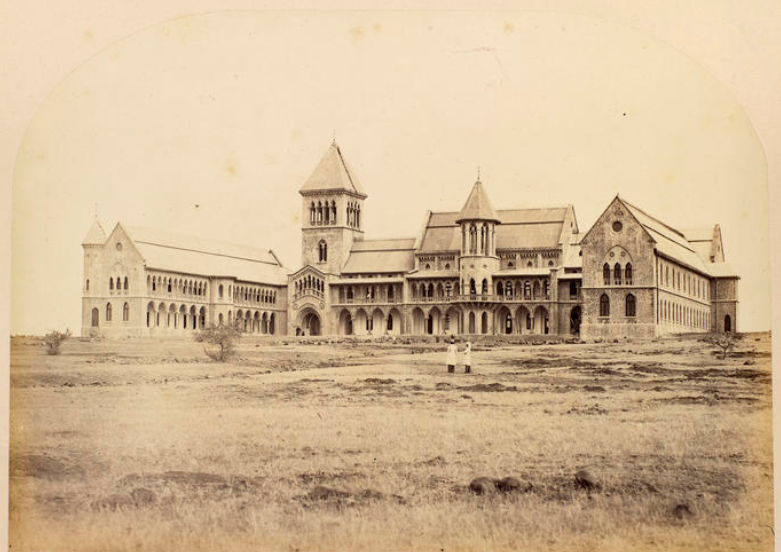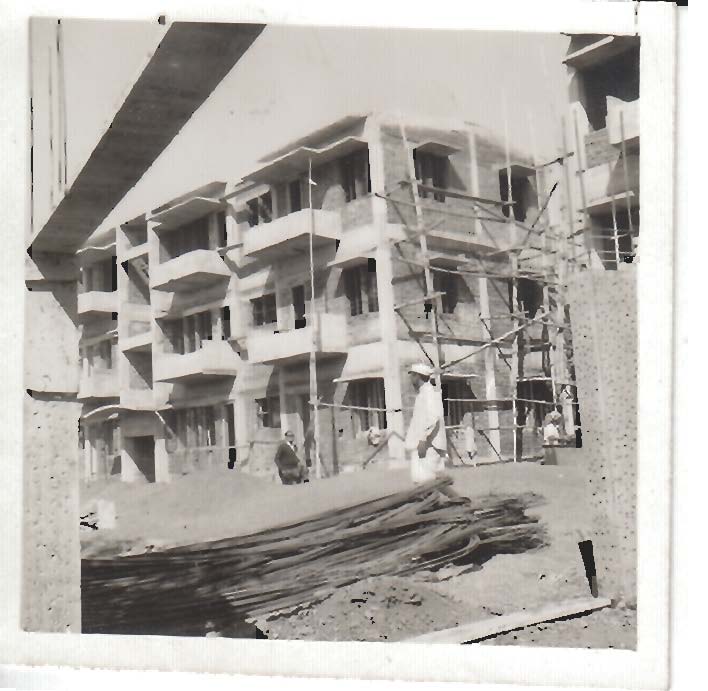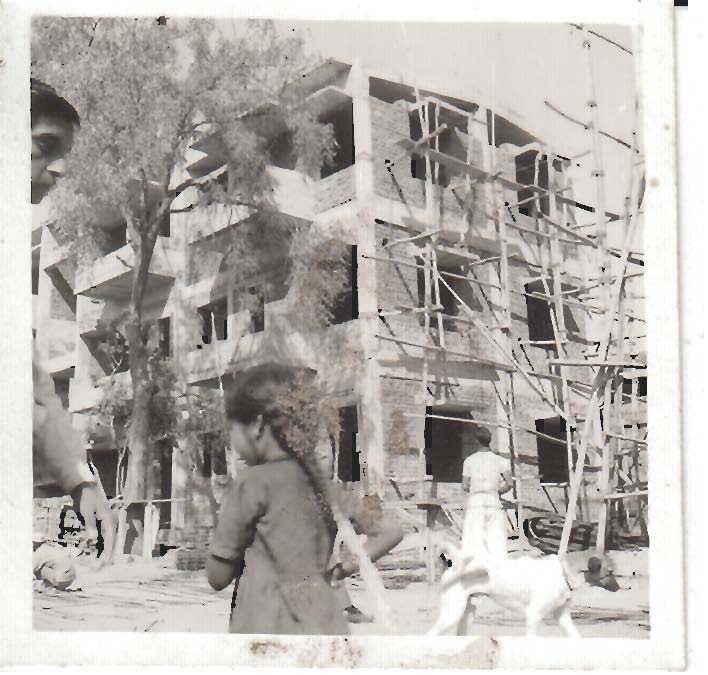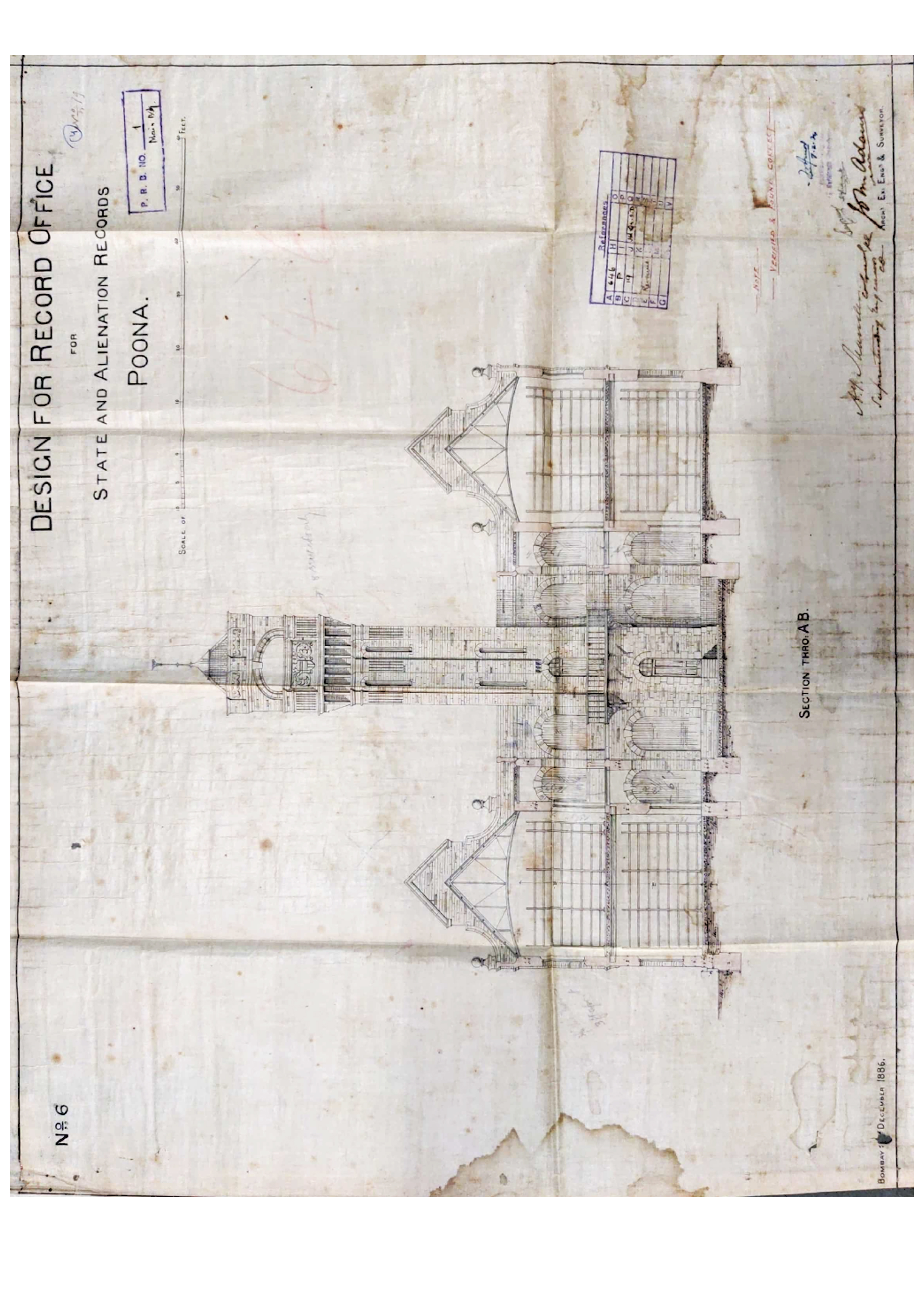Historicising Pune’s Architectural Production
from the building site





















The studio complicated linear and universal understandings of modernity by investigating how architectural production occurred on the building site. Building sites are impermanent and ambivalent places, where sophisticated machinery and archaic muscle work occur and divergent socio-professional groups interact. By focusing on the day-to-day realities of (historic) building sites in Pune, students explored the broad range of ‘actants’ (human and non-human) that impact design and construction: from architects and engineers to contractors and building workers; from building materials to construction and bureaucratic tools. Based on the primary materials identified during fieldwork and the students’ own interests, work converged around four research strands: the bureaucracy of public works sites; the dual nature of concrete; the agency of contractors, labour, and subordinates; and the construction of roads and bridges.
Thanks are due to the officers at the Public Works Department, Pune region, for granting access to their archive for educational purposes and to the Pune architects, engineers, site supervisors, and building workers, who agreed to be interviewed by the students. Archival materials reproduced on this website are copyrighted and may not be used without prior permission from rightsholders.
Colonial India
Kairavi Maniar
“This framework, which I refer to as ‘risk – regulations’, became an integral part of the colonial administration in the late nineteenth century. It introduced a layer of managerial techniques and established a system for overseeing financial risks within the construction industry of colonial India. This eventually led to the standardization of practices and a shift towards a managerial approach in the building construction industry, signifying the emergence of a new dimension of economization.”
The project attempts to examine ‘non-productive’ works from an economic standpoint and demonstrates how economization played a significant role in the design and construction of civic buildings of the late nineteenth century. It addresses previously unexplored questions, such as:
What steps were taken by the colonial administration for economization within the Public Works Department?
How did the PWD Engineers manage to balance the need for representational value of civic projects, within the budgetary constraints of economization?
︎ 💬️
Research Mind map
Paper
Study of Subordinates in the PWD Department (19th - 20th century)
Shivani Iyengar




“While specific protocols were established to navigate the complex hierarchy, roles, and responsibilities within the PWD, it's essential to question whether these protocols were consistently followed with absolute objectivity. It's also crucial to consider whether people of higher ranks such as the sub-engineers or the executive engineers, who proposed transfers, were influenced by their interpersonal relationships with individuals such as the overseers or sub-overseers, possibly based on factors like caste, age, common interests, or other subjective parameters.”
The project aims to draw a profile for the subordinates known as “overseers.” Overseers who could be promoted to other subordinate ranks within the Executive departmental hierarchy in the PWD. Furthermore, drawing upon diverse historical frameworks, such as the concept of "shadow work," which delineates the profiles of individuals hitherto unexamined, marginalized, or lacking in scholarly attention, this article aims to synthesize the experiences of these underrepresented individuals and the complexities inherent within the broader system.
︎ 💬️
Research Mind map
Paper
The Welfare and Agency of Public Works Department Clerks, 1950- 1970
Ashwini Balu




“The letters and orders that confidently confirm Mr. Mishra’s relief from his existing position are typewritten. In contrast to this, the letters that are possibly hinting at his resistance to join, or when asking for an experienced Senior Accounts Clerk are handwritten by various people, often struck through for using different terminologies, showing the number of people involved in an administrative procedure. These letters, written by officials from different divisions and subdivisions showcase the hierarchies which are present.”
This research explores how the clerks, who tend to be associated with the lower strata of the PWD establishment exercise their voices and concerns within the administrative hierarchy during 20th Century India. It explores the position of PWD clerks and employees from the lower ranks in the post-
independence era. After the shift from British to Indian power, were they and their paperwork still considered essential in the bureaucracy? The project looks at the fact that provided they followed the correct procedures and scribal practices, they had the possibility of asking for more requests and
demands.
︎ 💬️
Research Mind map
Paper



